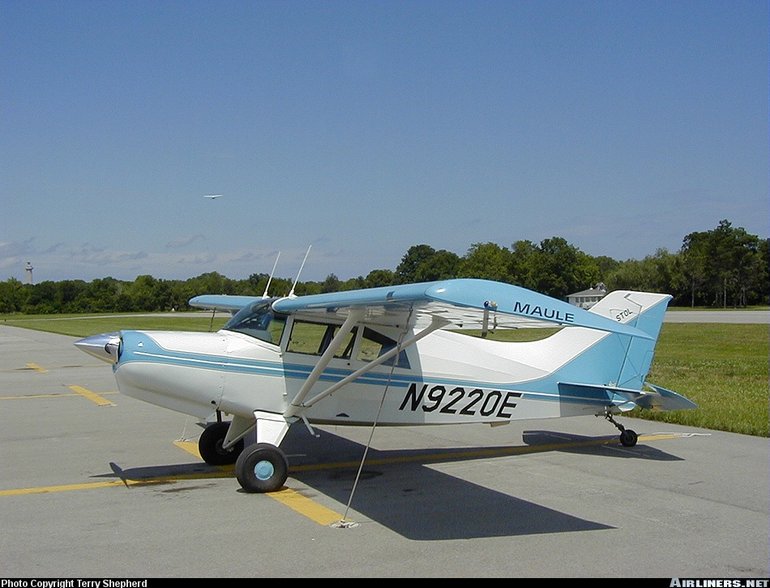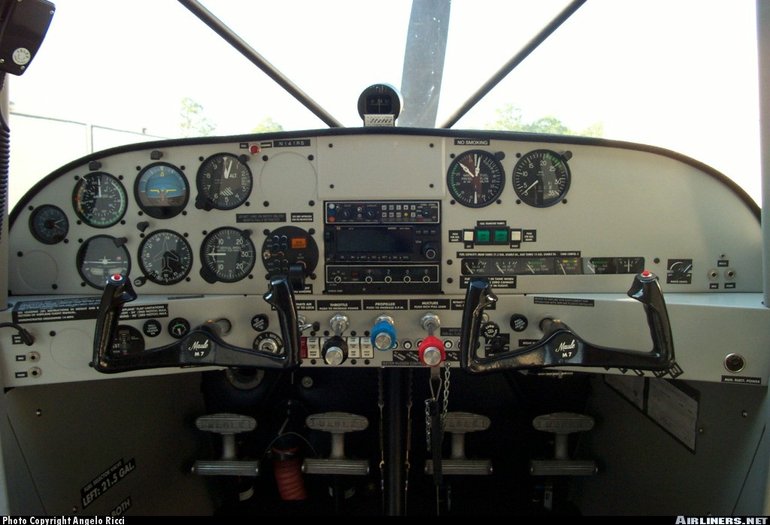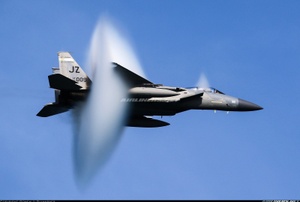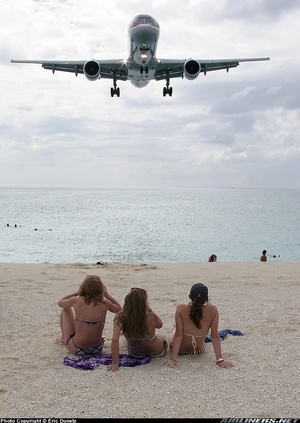Maule M-4 to M-7
Details
Country of Origin
United States of America
Type
4-5 seat STOL capable light aircraft
History
The originator of this rugged series of STOL light aircraft was the M-4 Bee Dee (named after its designer Belford D Maule).
Although it was originally intended to offer the M-4 (which first flew on September 8 1960) as a kitbuilt aircraft, it was placed into series production and a prolific series of variants and sub variants followed.
The first of the line was the M-4 series, which remained in production between 1962 and 1973. The initial M-4 Bee Dee, or later M-4C Jetasen, was quite basic, featuring a 108kW (145hp) O-300 and fixed pitch prop; other M-4 variants were the 155kW (210hp) Continental IO-360 powered M-4-210C Rocket and the 118kW (220hp) Franklin 6A-350 powered M-4-220C Strata Rocket.
The M-5 series went into production in 1973 and featured a large swept back vertical tail surface, four cabin doors, optional extra fuel and the cambered wingtips first introduced on later series M-4s. Variants included the Franklin powered M-5-220C and Lycoming O-540 powered M-5-225C Lunar Rockets; the Continental powered M-5-210C and M-5-180C (with a four cylinder O-360); and the turbocharged Lycoming TIO-360 powered M-5-210TC.
The M-6 was only built in small numbers but introduced changes such as greater wing span and fuel tankage.
Maule Aircraft Production ceased in 1975, while Maule Air Inc was formed in 1984 to build the M-5 and improved M-7
The M-7 forms the basis of a prolific family of subvariants. Current production models include the tricycle undercarriage MXT-7 Trainer (available in 120kW/160hp and 135kW/180hp forms); MX-7-180A Sportplane; MXT-7-180A Trainer; MX-7-180B Star Rocket; MXT-7-180 Star Craft; M-7-235 Super Rocket five seater and MT-7-235 with tricycle undercarriage and the MX-7-235 Super Rocket four seater. The M-7-420 and MX-7-420 Starcraft models were Allison 250 turboprop powered.
Powerplants
M-4C - One 108kW (145hp) Continental O-300A flat six piston engine driving a two blade fixed pitch propeller.
MX-7-235 - One 175kW (235hp) Textron Lycoming O-540-J1A5D flat six or fuel injected IO-540-W1A5D driving a two or three blade prop.
Performance
M-4C - Max speed 245km/h (132kt), max cruising speed 233km/h (125kt). Initial rate of climb 700ft/min. Service ceiling 12,000ft. Max range with no reserves 1130km (610nm).
MX-7-235 (with IO-540) - Max speed 273km/h (147kt), max cruising speed 257km/h (140kt). Initial rate of climb 2000ft/min. Service ceiling 20,000ft. Range with standard fuel 790km (425nm), range with auxiliary fuel 1496km (807nm).
Weights
M-4C - Empty 500kg (1100lb), max takeoff 953kg (2100lb).
MX-7-235 - Empty 669kg (1475lb), max takeoff 1247kg (2750lb).
Dimensions
M-4C - Wing span 9.04m (29ft 8in), length 6.71m (22ft 0in), height 1.89m (6ft 3in). Wing area 14.2m2 (152.5sq ft).
MX-7-235 - Wing span 9.40m (30ft 10in), length 7.16m (23ft 6in), height 1.93m (6ft 4in). Wing area 15.4m2 (165.6sq ft).
Capacity
Standard seating for four, M-7-235 has seats for five.
Production
More than 2000 of all variants produced.
Related Links
Maule M-4 to M-7
The backbone of this section is from the The
International Directory of Civil Aircraft by Gerard Frawley
and used with permission. To get your own copy of the book
click here.



















